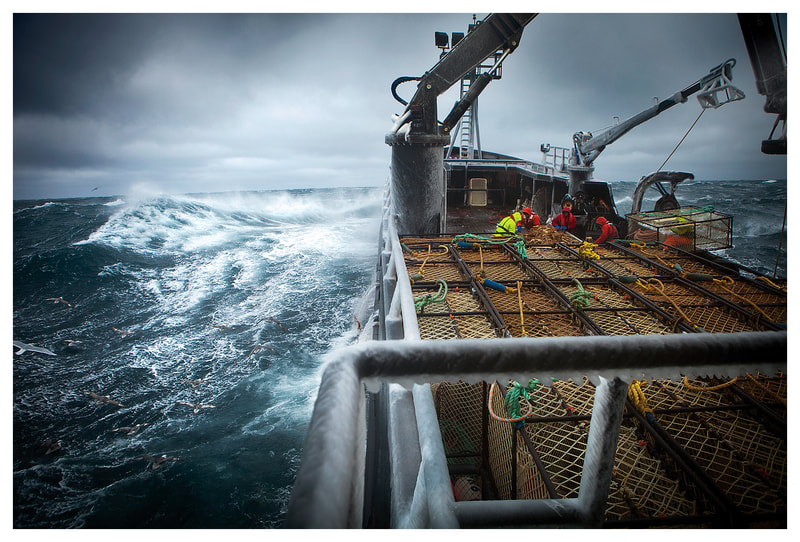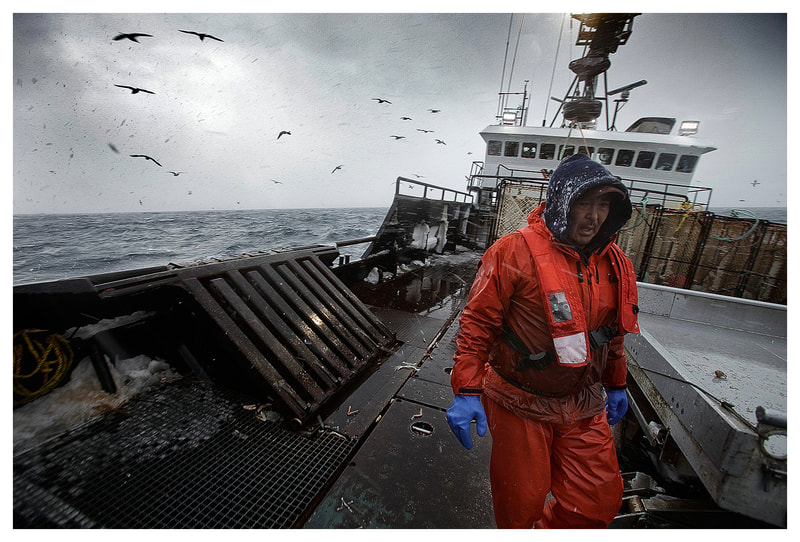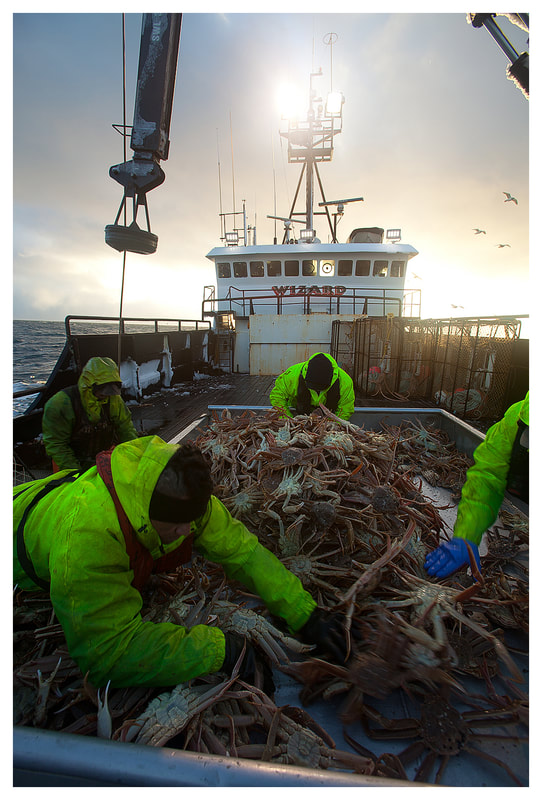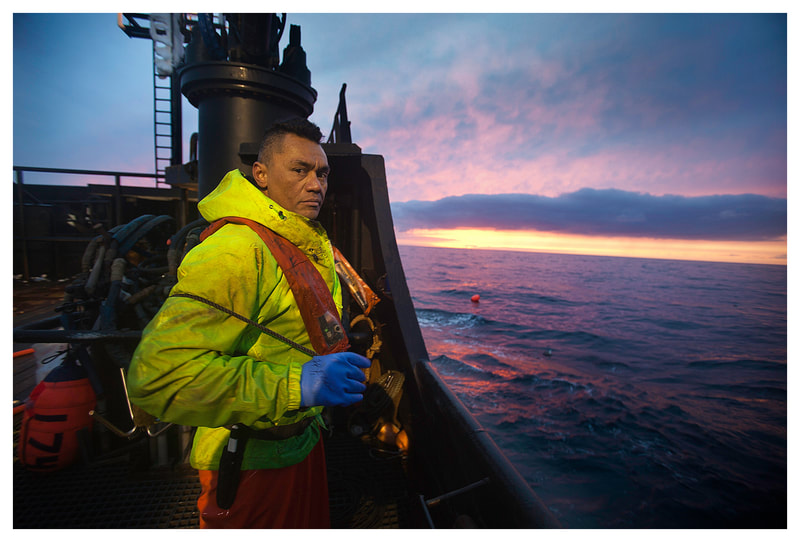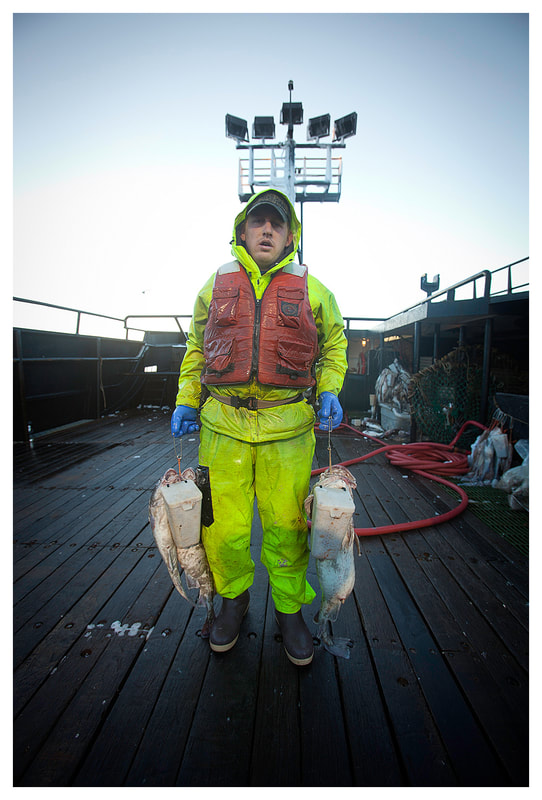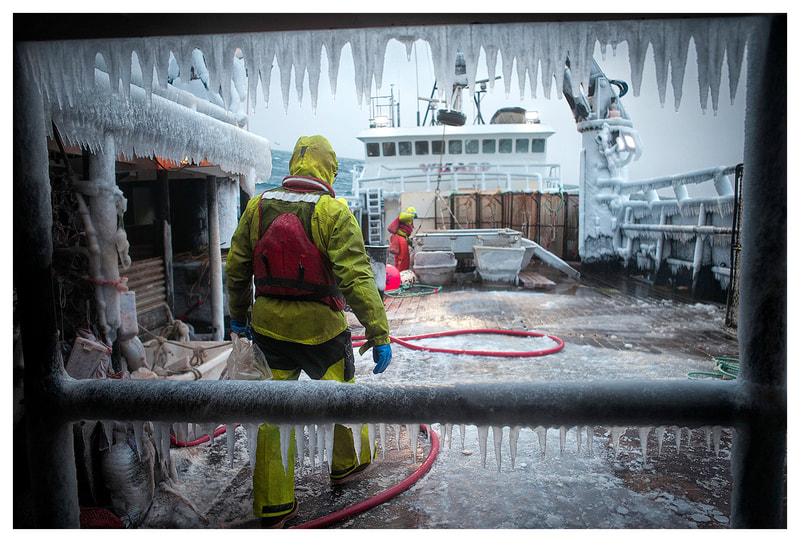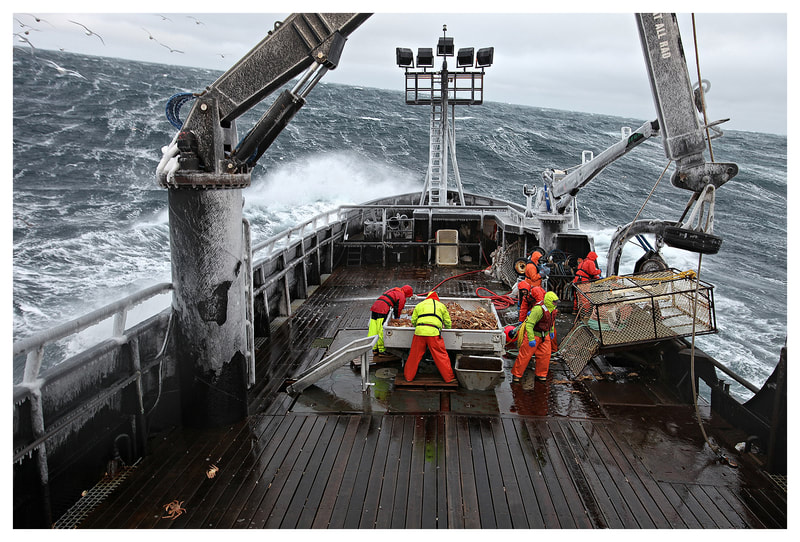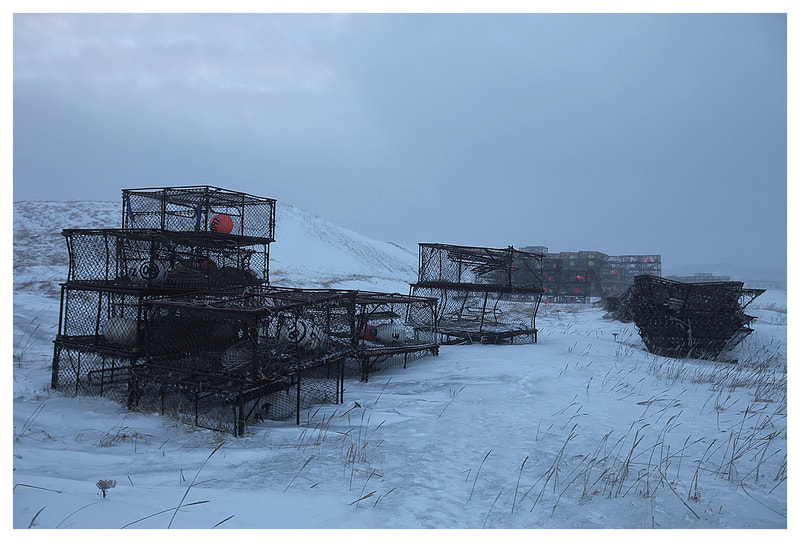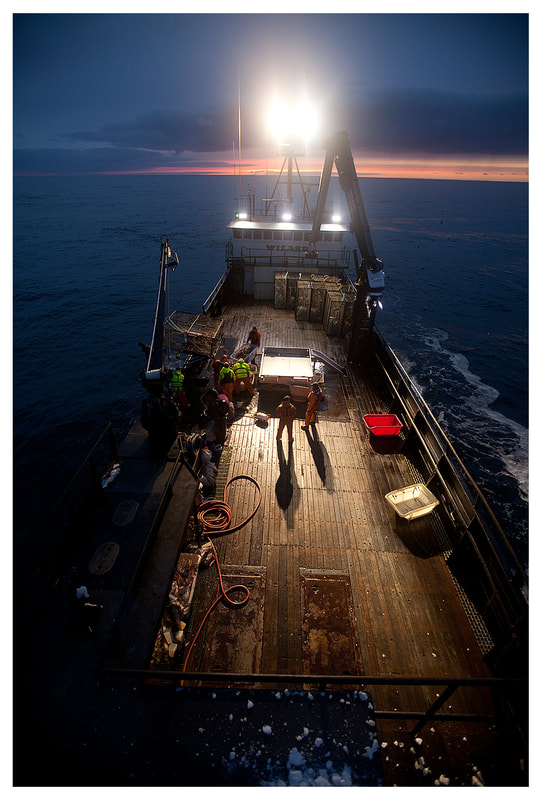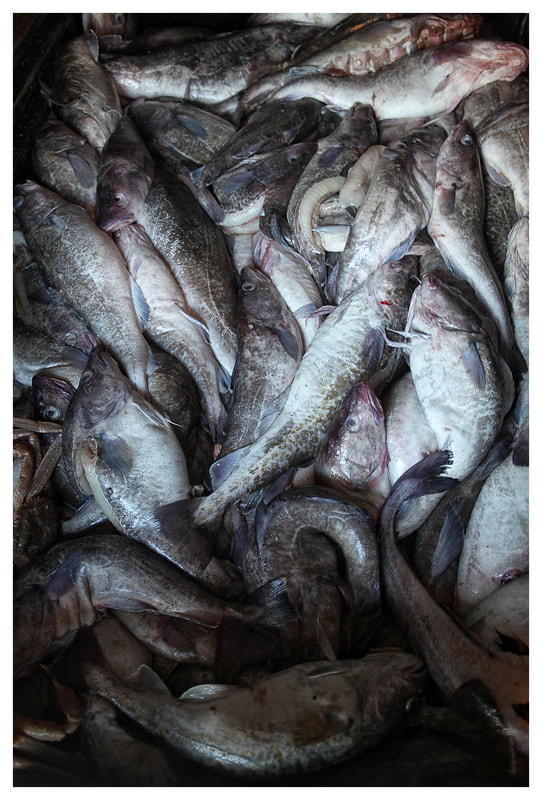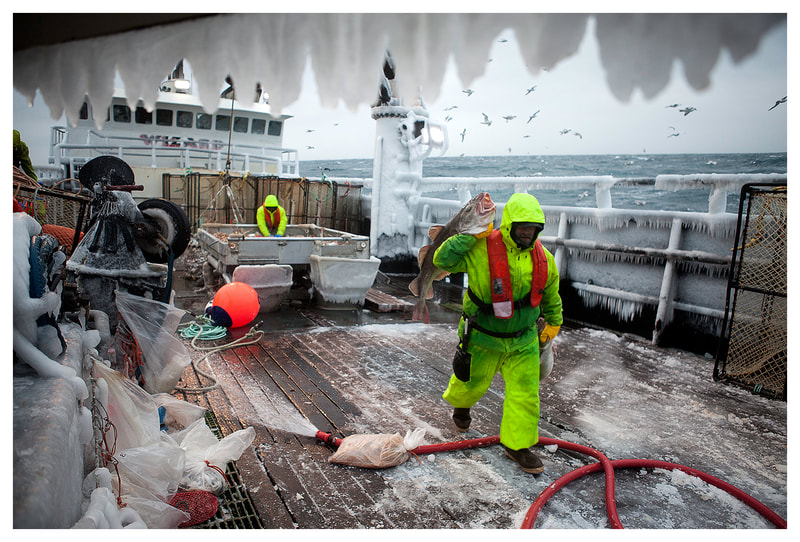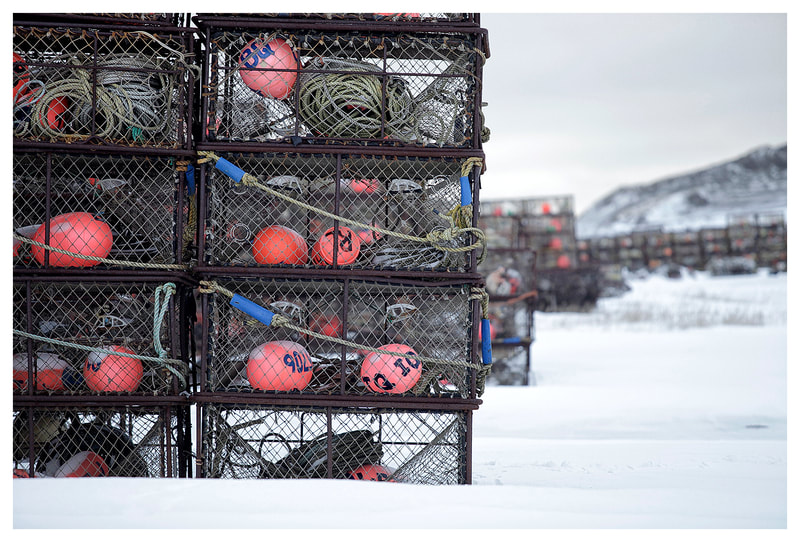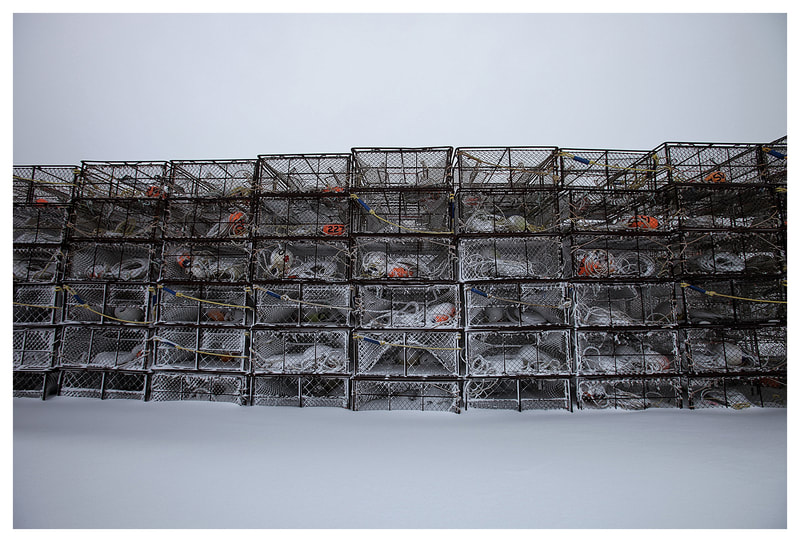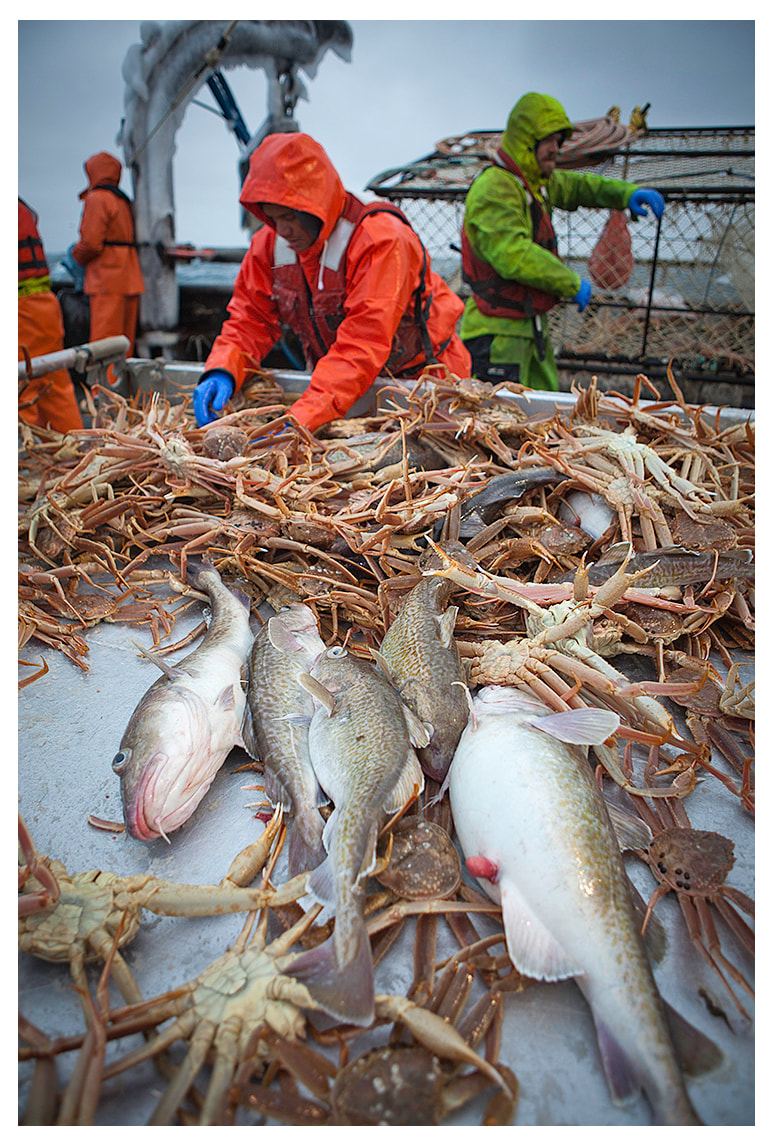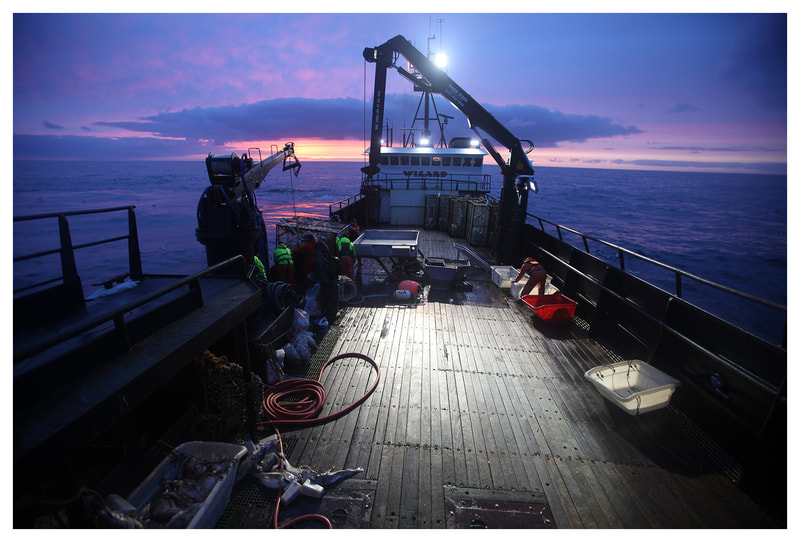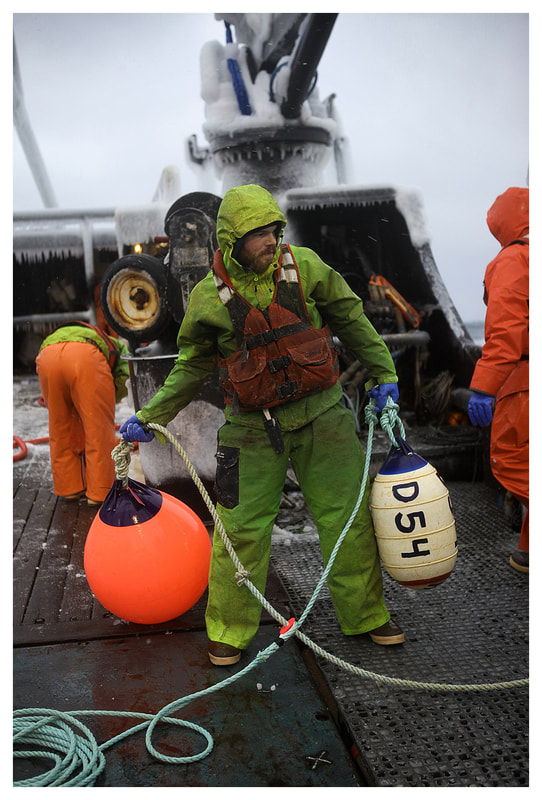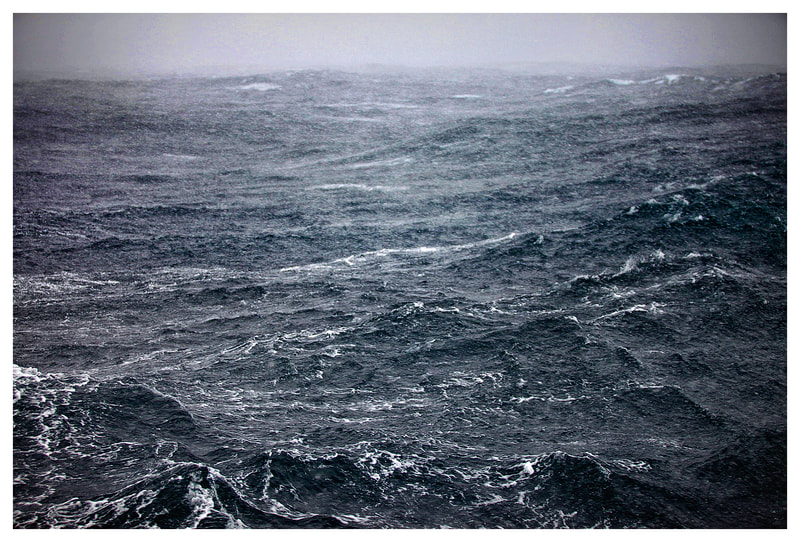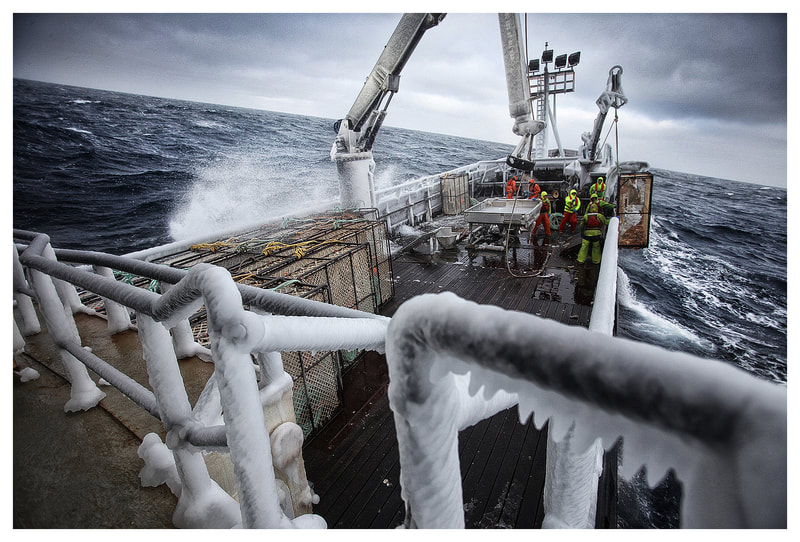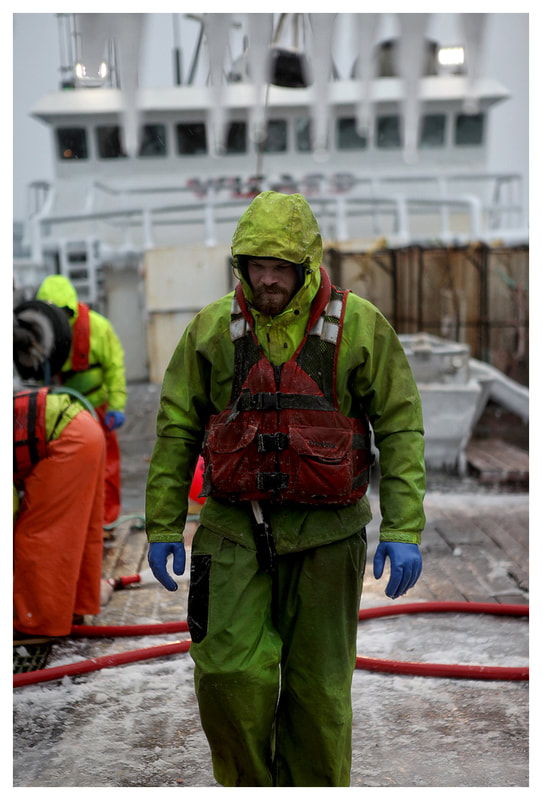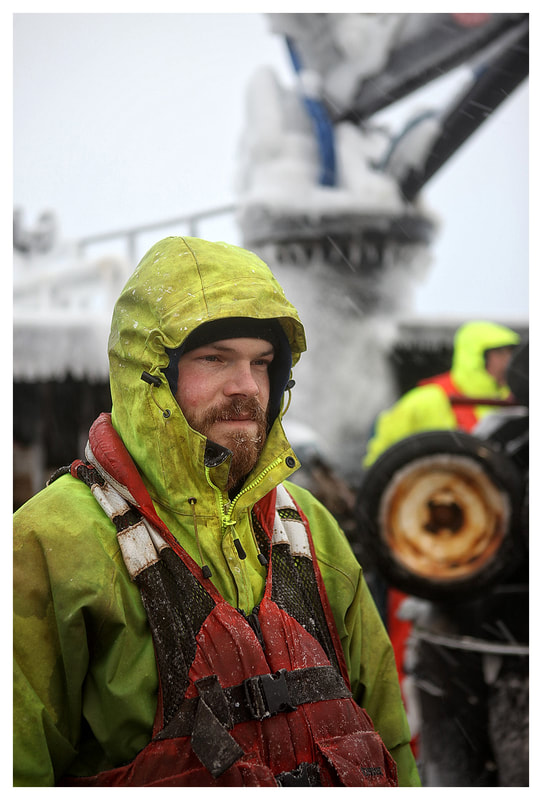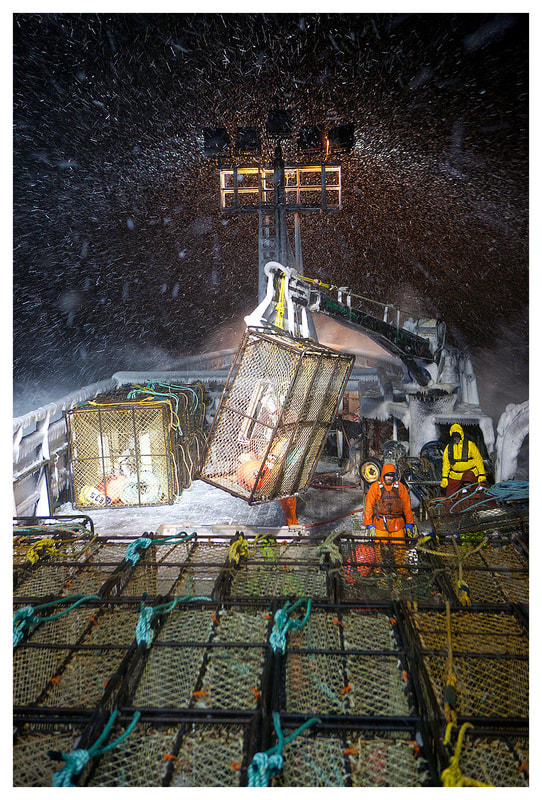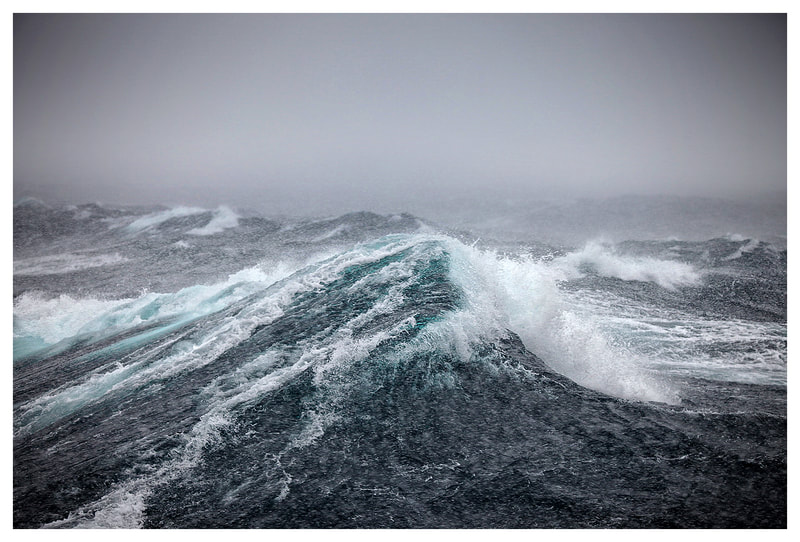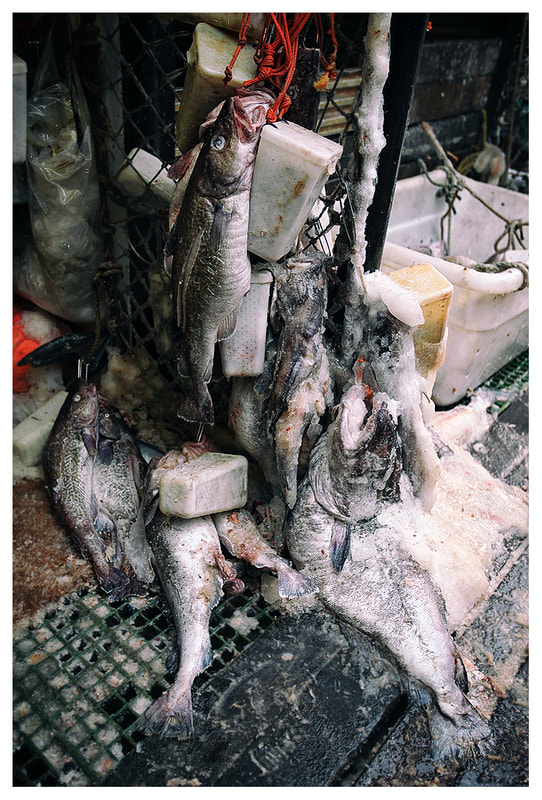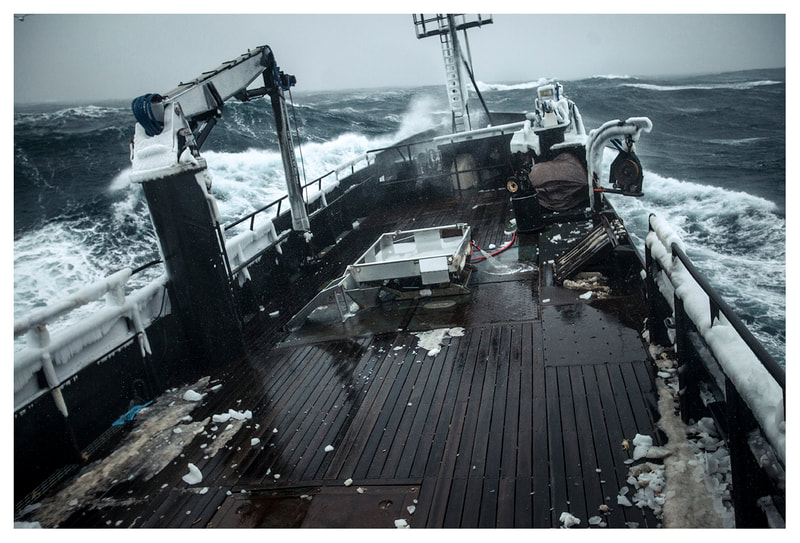DEADLIEST CATCH
|
The north pacific is the birthplace of some of the globe’s biggest storms. When low-pressure fronts from the southwest collide with nor’easters, they produce what Hollywood craftily portrayed in the movie A Perfect Storm. The combination of cool ocean temperatures and the dynamic movement of currents stirring up plankton life make the region an ocean biomass bonanza. Lured by huge catch, fishermen began braving those deadly seas from the start of the 1900’s. By the 1970’s, as industrial fishing ramped up globally, the fisheries of the Bering Sea, separating Alaska from Russia, were on the brink of collapse. Since then, the Department of Fish & Wildlife
|
has imposed tough regulatory quotas which saved the local fish and crab industries from extinction. Today, the Bering Sea is one of the most sustainable fisheries in the world, thanks, in large part, to the physical configuration of the Aleutian chain of islands, which extends the US Exclusive Economic Zone (EEZ). I spent a few weeks on assignment on the Bering Sea in January 2013, covering the lives of the men who risk everything for the lucrative catch. With 18 hours shifts, high seas and ferocious weather, it is easy to see why the Labor Department has singled out fishing on the Bering Sea to be the most dangerous job in America.
|
